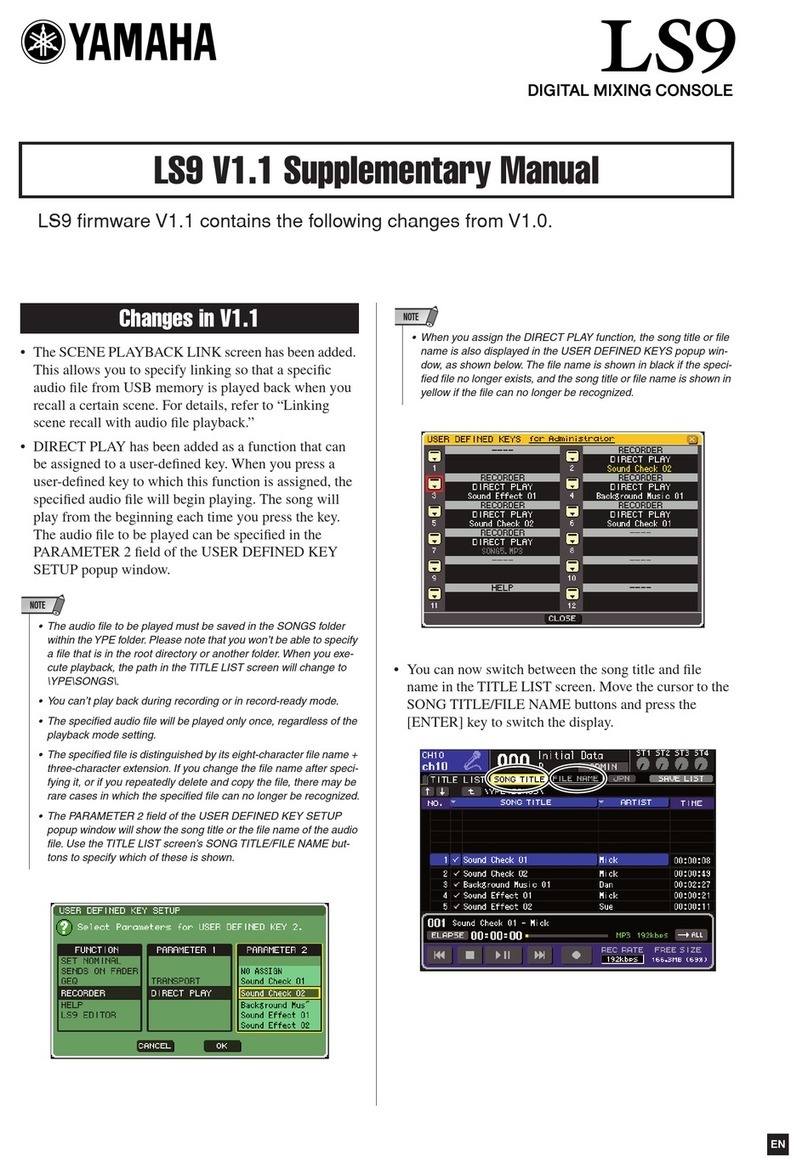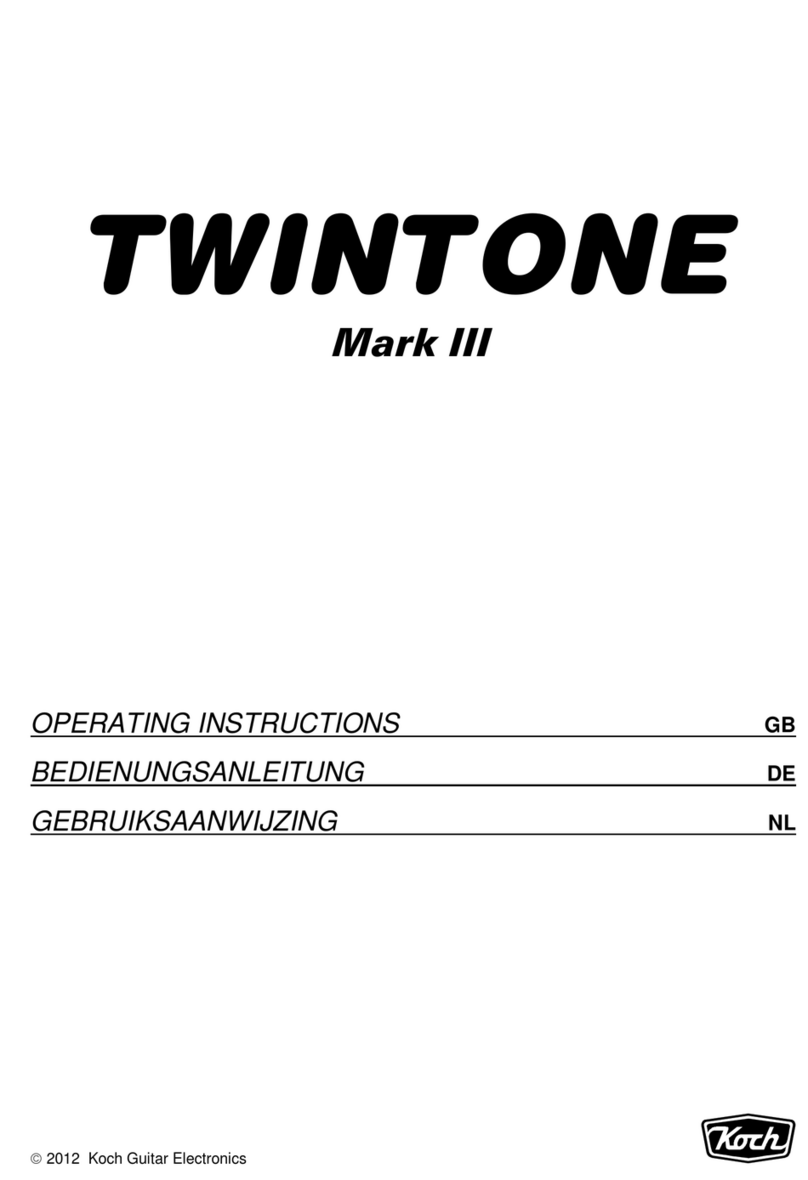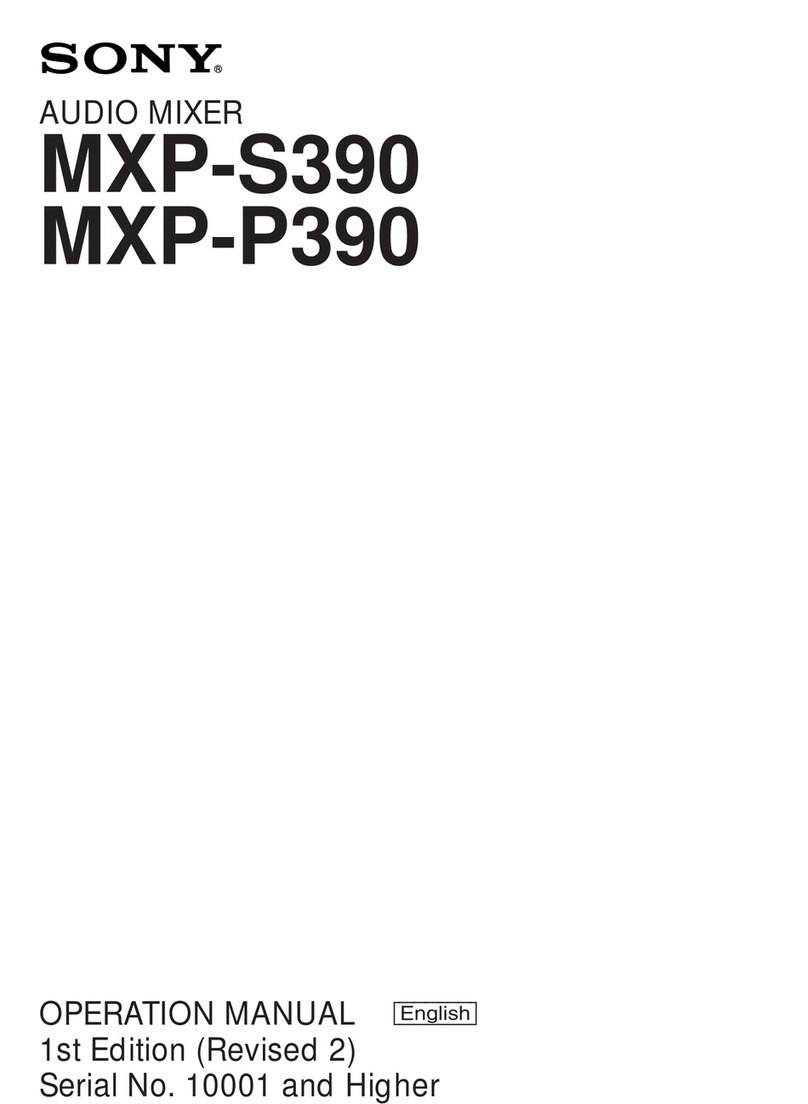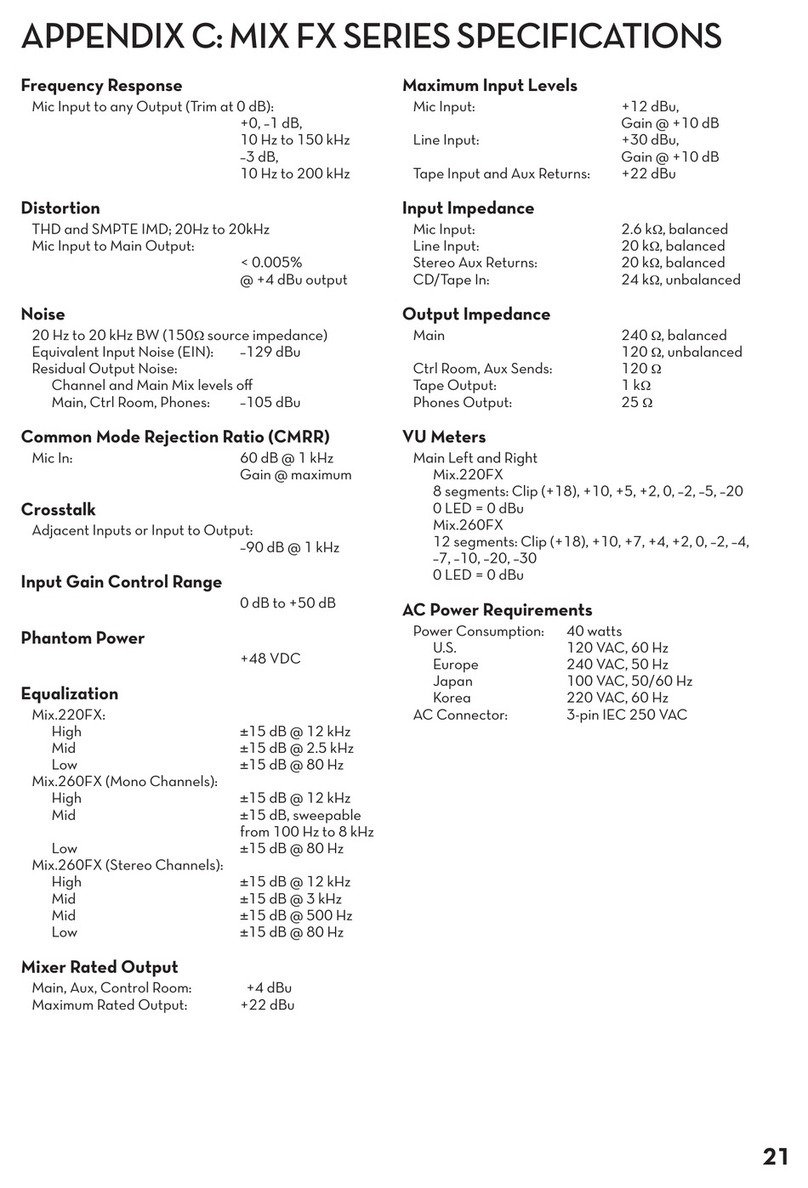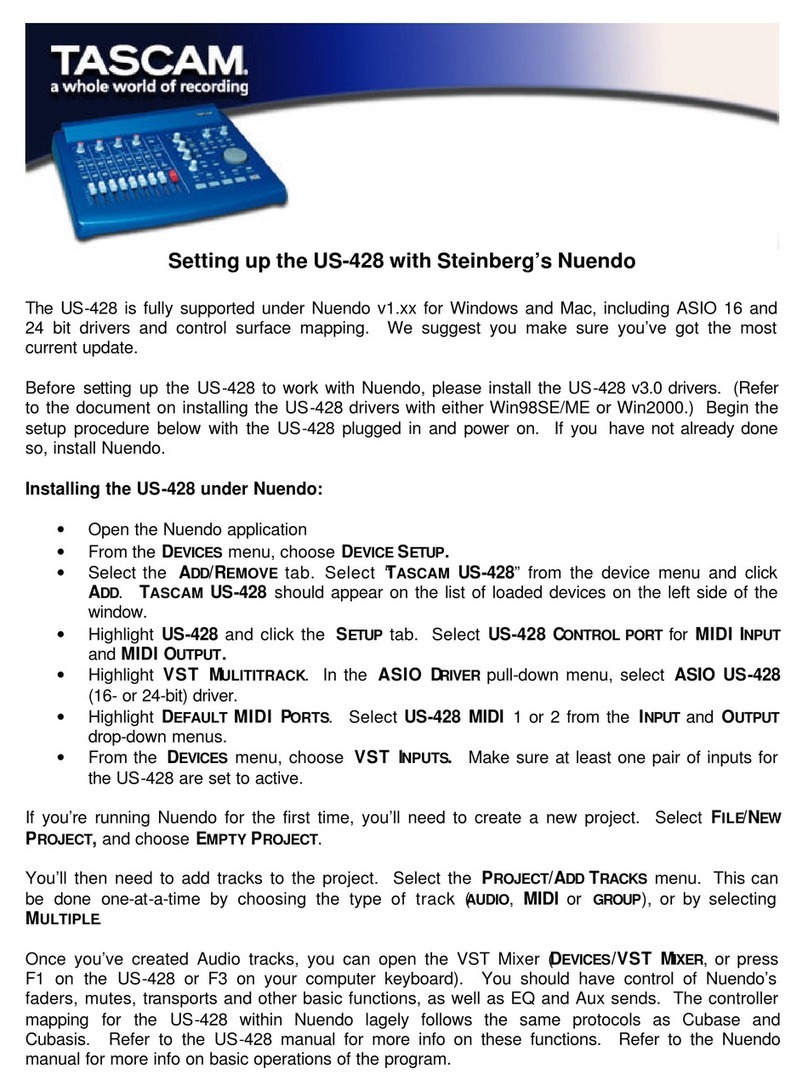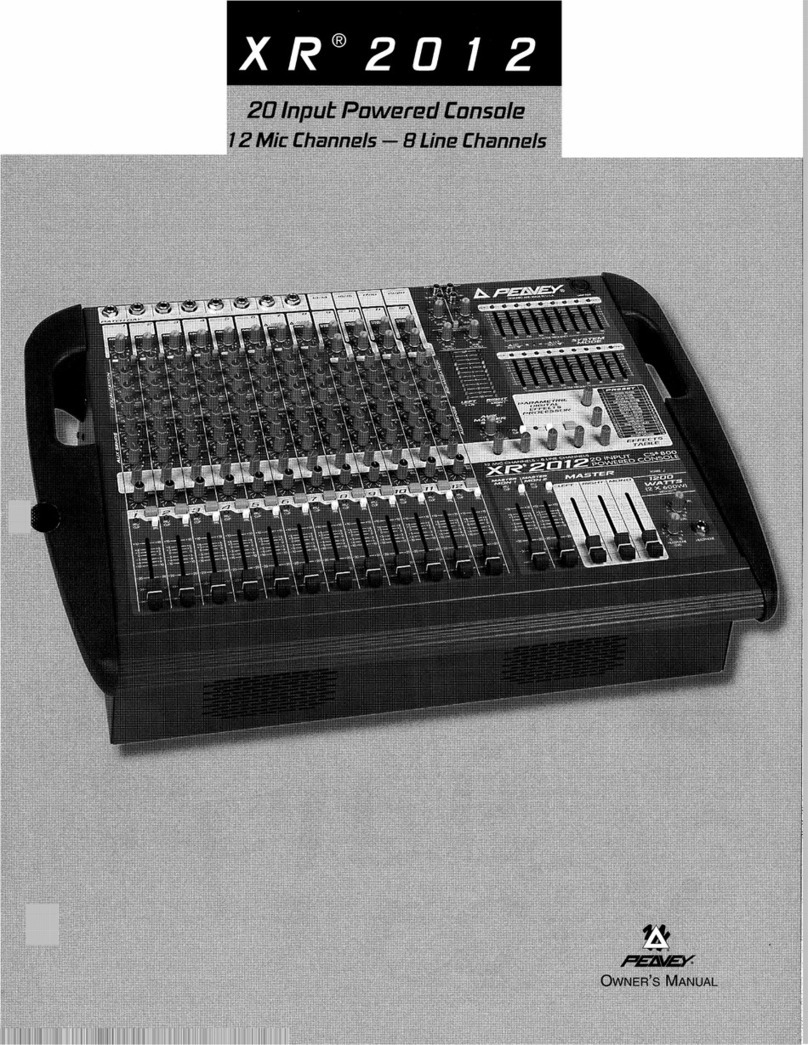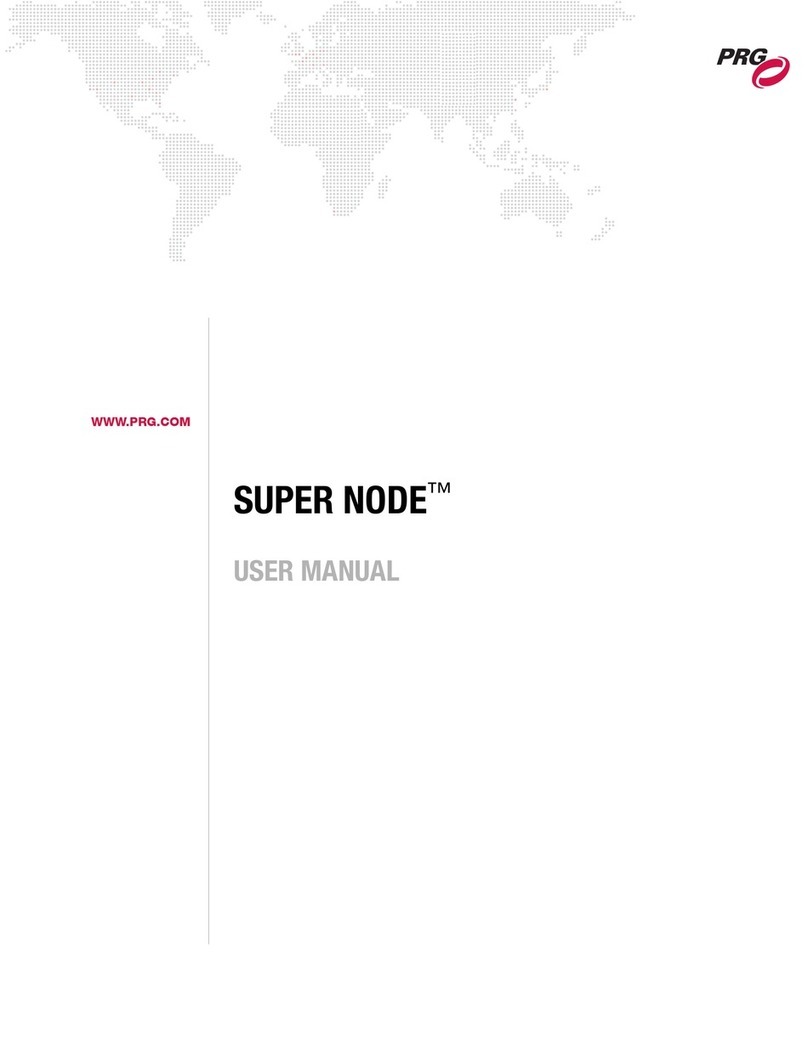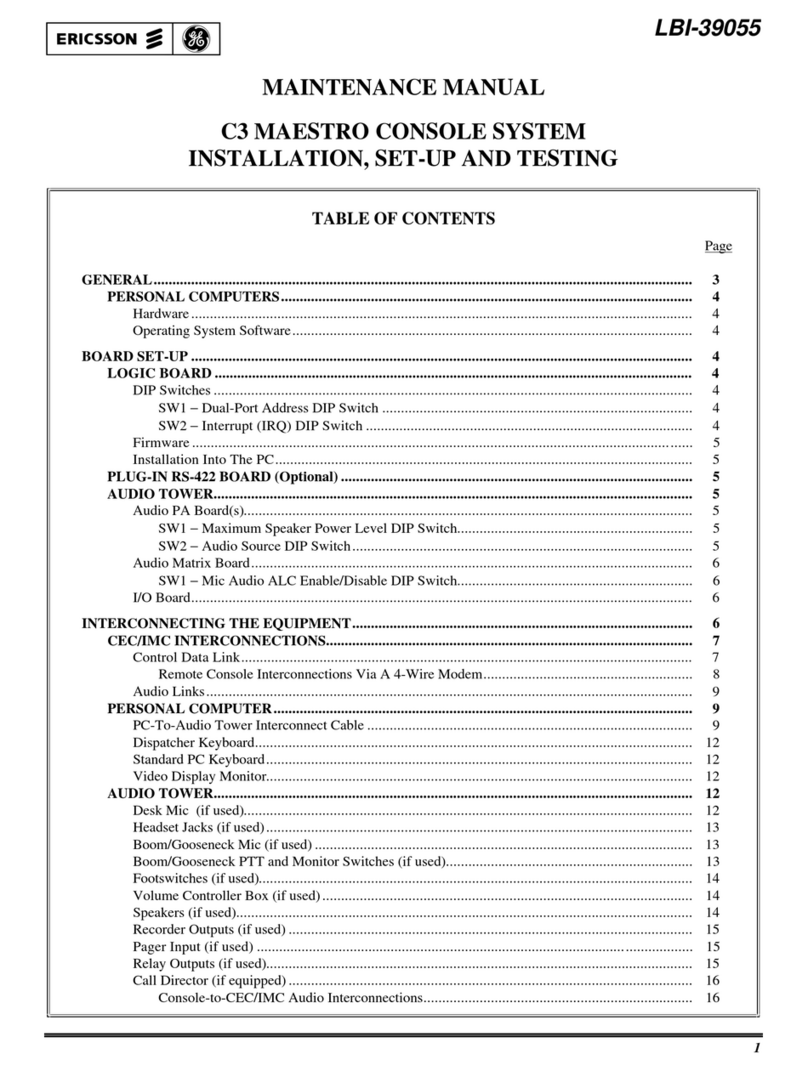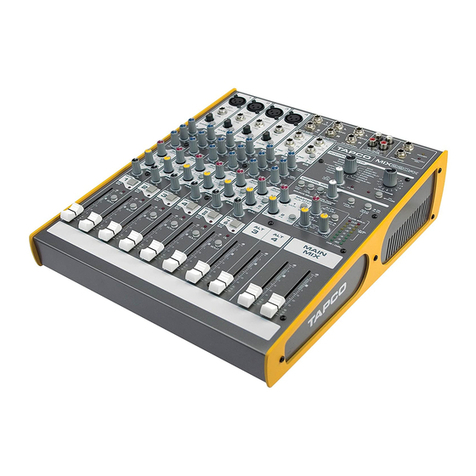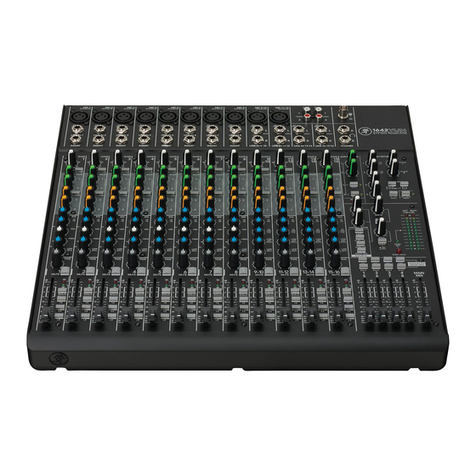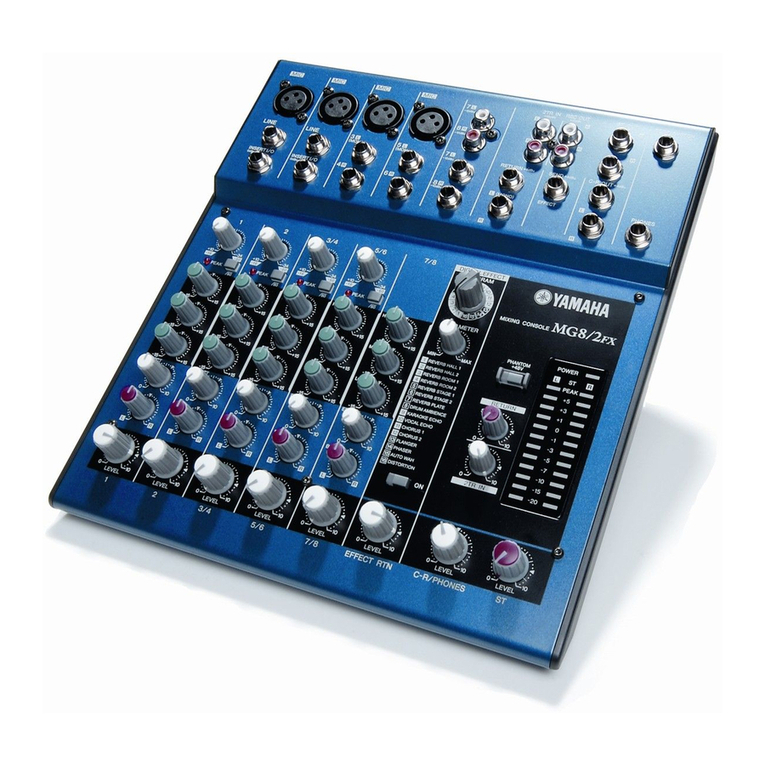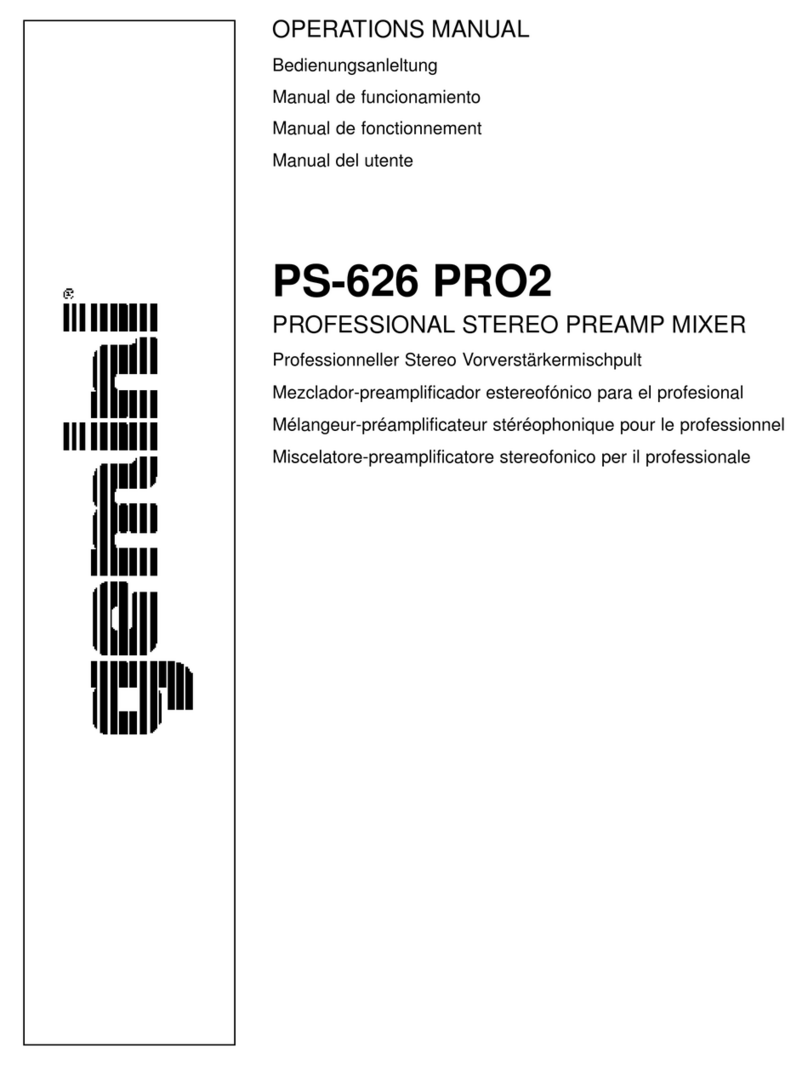Valcom VE8091 User manual

ACTIVATING, CONFIGURING, AND TESTING VEEWS
Interactive Console – VE8091
Valcom’s Earthquake Early Warning System (VEEWS) was developed in partnership with the USGS and is
powered by ShakeAlert® to deliver warnings seconds in advance of shaking at any specific location. These
warning messages are intended to provide those receiving them with the time to “Drop, Cover, and Hold On”
(DCHO) or take other protective actions.
This guide is intended to provide the knowledge necessary to commission a new VEEWS account with the
Interactive Console-VE8091 from activation through configuration and testing.
INTERACTIVE CONSOLE SYSTEM REQUIREMENTS & NOTES for VEEWS
Internet access configured properly
Established Group Codes
Properly configured NTP
Broadcast endpoints installed (speakers, horns, signs, etc.)
Access VE8091 Technical Specs & Installation Manual at https://www.valcomes.com
VEEWS can also be commissioned through a VE6025-Application Server Pro (separate document)
ACTIVATING VEEWS
Step 1: Ensure Proper Firmware
VEEWS is available for use with an Interactive Console updated to at least v1.3.03+ firmware. This information
can be found via an Internet browser at your unit’s IP address: Settings -> Upgrade. If necessary, contact Valcom
Technical Support ([email protected]) to obtain the proper software and update the Interactive Console.
Step 2: Acquire and Enter a VEEWS Activation Key
VEEWS Activation Keys are unique to each Interactive Console OR Application Server Pro AND specific to the
site/location (physical mailing address, latitude, and longitude) where VEEWS service will deliver alert messages.

After logging into the Interactive Console’s IP address navigate to Settings -> VEEWS.
NOTE: There is a “Learn More” option to build knowledge of VEEWS and the USGS’ ShakeAlert® system
before making a purchasing decision. This is beyond the scope of this document.
IF an Activation Key is needed, click on “Purchase VEEWS” and follow requisite steps to obtain a key. The key will be
provided via email.
IF an Activation Key has already been acquired, enter the Activation Key in the text box at the bottom that
says: “Enter Activation Key, provided via email after purchase”, and click “Activate”.

Step 3: Accept the EULA
VEEWS contains a supplemental End User License Agreement (EULA). Read through and click “Accept”.
Step 4: USGS Disclaimers and Training Affirmations
You will now need to affirm two USGS disclaimers by checking their respective boxes. Additionally, an identified
individual will need to acknowledge responsibility to deliver end-user training to individuals on-premise who
will be receiving and responding to VEEWS messages; this step also requires the input of first and last name,
title, email, work phone, and cell phone (optional) for this person. Information gathered in this step will be used
solely for reporting purposes required by the USGS and communications regarding the Interactive Console and
VEEWS.

After completing the required information, click “Submit”.
A new graphical user interface (GUI) is presented and a “Service Not Running” status message is displayed.
IMPORTANT: To complete activation you must now reboot the Interactive Console.
Navigate: Session -> Reboot.
After Reboot the VEEWS status is changed to “Running” and two test buttons are added to the GUI:
IMPORTANT: Though activated, you must now configure VEEWS for proper message delivery.

ORIENTATION TO THE VEEWS GUI
1) Account Information
These details are predetermined at the time of purchase, tied to your physical address, and are not editable.
The exact coordinates are important in determining when an earthquake alert message will be broadcast to
your location.
If these values are found to be in error, you will need to contact Valcom Technical Support
([email protected]) for assistance in updating.

2) Configuration Settings
There are two groups of settings: Alert Settings and Notification Settings.
Alert Settings: These determine when and where earthquake alert messages will be played on-site.
Alert Threshold: This value determines the level at which an earthquake alert message will activate and
play based upon the Modified Mercalli (MMI) Intensity Scale*. This is NOT the same as magnitude, but
rather an estimate of the expected shaking intensity for an earthquake event at your location. Algorithms
have been developed that take into account factors such as magnitude, distance from epicenter/fault
rupture, and soil type in order to generate estimated shaking at specific sites. The default value is 4 (light
shaking) on the MMI Scale. Any adjustment should be given extreme consideration to avoid missed
earthquake alert messages.
Alert Group: This identifies the endpoints (audio and visual) that will receive and broadcast messages.
Typically, this will be the same Group Code that is used for other emergency mass notifications and
includes speakers, horns, signs, and desktop alerts.
Alert Priority: Determines the level at which incoming messages will be played over other daily,
scheduled, or even emergency events. The default value is 97, which leaves a small margin for creation
of events that can overtake an earthquake alert message. Consider any adjustments carefully within your
organization’s existing message priority schema.

Service Notification Settings: VEEWS provides multiple forms of notification for any interruption in service
(network outage, ShakeAlert® server offline, etc.). These are disabled by default. Use of all three methods
(Email, Phone, and Paging) is highly recommended, if possible.
Service Notification Email: Notification can be made via email. It is recommended to use a group email
alias to notify multiple responsible parties (e.g.- administat[email protected]). Presently, only
one email address can be input.
Service Notification Phone Number: Text notifications can also be sent regarding service status. At
present, only one SMS number can be input to receive these messages.
Service Notification Paging Enable: Check this box to activate paging service notification settings.
Service Notification Page Group: This identifies a group of on-site endpoints to broadcast an
audio and/or visual service notification. Valcom VL520 or VL550 sign-speakers are good options.
This group will likely include administrative, security, IT, and/or facilities/operations offices and
staff.
Service Notification Priority: As with Alert Settings, a priority for broadcasting service messages
can be designated. Due to service status importance, the default is set to 96, just under the
threshold for an actual earthquake event. This removes any potential conflict with a real
earthquake alert message that may already be in progress. Consider any adjustments carefully
within your organization’s existing message priority schema.
Advanced Settings: These functionalities are currently under development and may include the ability to tie
together multiple Interactive Consoles or Application Server Pros for notifications in the future. Contact
[email protected] with any questions.

3) VEEWS Status, Testing, and Resources
Status – VEEWS status is indicated in the uppermost box as “Running” or “Not Running”.
Testing – VEEWS offers two methods of onsite testing:
Local Test: Use this functionality to ensure that identified Alert Settings: Group Code broadcasts a
simple, local test message as intended on-premises.
Remote Test: Use this functionality to ensure messages are received and played from VEEWS cloud-
service through identified Alert Settings-Group Code; also useful for on-premise earthquake drills.
Education and Training Resources – VEEWS provides online access to just-in-time materials to build
understanding of VEEWS, ShakeAlert®, earthquake preparedness, and more; with a particular emphasis on end
user training for those who will be receiving early warnings and how to respond appropriately. Be sure to check
back often, as resources will be continuously added and updated.

CONFIGURING VEEWS ALERT AND NOTIFICATION SETTINGS
Using the information and definitions above, assign each of the following, then click “Save Settings”:
Alerts Settings
Threshold - adjust only if necessary, exercise extreme discretion
Group - should be of an emergency all call type
Priority - adjust only if necessary, within existing priority scheme for daily and emergency paging
Service Notifications
Email - recommend using an email alias for a defined group of recipients
Phone Number - input a primary contact to receive SMS notifications
Paging Enable - check the “Enable” box
Page Group - should be designated for administrators, IT, facilities, operation, and/or
security offices and staff
Priority - adjust only if necessary, within existing priority scheme for daily and emergency
paging
IMPORTANT: To complete configuration you must reboot the Interactive Console after Save Settings.

TESTING VEEWS
VEEWS offers two methods of onsite testing as described below. These tests are available for two reasons: 1)
Following activation and configuration of the system it is best practice to test that everything on-premise is
working properly; and, equally important, 2) Allow for drills to practice proper response to incoming earthquake
alert messages in a controlled manner.
NOTE: It is important to notify anyone on site whenever VEEWS is being tested.
Local Test
The primary intended use of the Local Test is to ensure all VEEWS files, events, and playlists have properly
generated, the indicated Group Code is activating all defined endpoints properly, and to verify that the Alert
Priority is being correctly applied. All actions associated with this test occur on the local network.
When activated, the Local Test will play the following message two times:
<2 x KLAXON>
EARTHQUAKE!
THIS IS A TEST. THIS IS A TEST. THIS IS A TEST.
Remote Test
The Remote Test ensures everything the Local Test does, in addition to testing your connection to the VEEWS
cloud-based service. This test simulates a real earthquake event. Therefore, it is very important to notify
everyone onsite when it is being run. The Remote Test is good for use in Emergency Action Plan (EAP) drill
events.
When activated, the Remote Test will play the following message two times:
<2 x KLAXON>
EARTHQUAKE! EARTHQUAKE!
EXPECT SHAKING. DROP, COVER, HOLD ON.
PROTECT YOURSELF NOW

Canceling Tests
After a test has been activated a “Test Active” modal will appear. If desired, click on “Cancel Test” to stop
audio and text messages immediately and abort the test.
Additional Testing Option
In rare instances, you may wish to execute a full-system test that is triggered by a simulated earthquake event
executed by our Engineering Development Team interfacing with the ShakeAlert® system. This involves our
team signaling the ShakeAlert® system to push an event to your specific location and requires advance
coordination and scheduling. These should only be conducted under specific circumstances such as
appropriate to your VEEWS implementation.
*Modified Mercalli Intensity Scale


